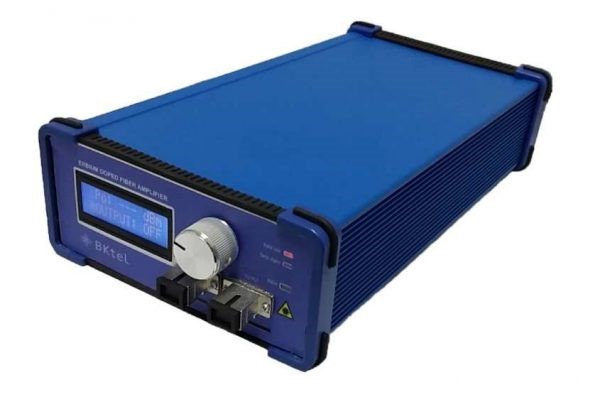
Laser amplifiers are an invaluable tool because they allow for a laser’s power to be increased while maintaining its basic spectral properties. In a blog post published last year titled “Laser Amplification for Power Scaling,” we described the fundamental physics behind how a laser amplifier works, but we neglected to talk about one vital topic – amplifier noise. In principle laser amplifier noise is no different than the amplifier noise induced in an audio system, and just as in a home stereo system the quality of the amplifier will have a tremendous effect on the quality of output signal. Therefore, in this post we will attempt to answer the question what is laser amplifier noise, and perhaps more importantly how amplifier noise can affect the overall performance of your system.
As we discussed in our previous post on the subject, there are surprisingly few differences between amplifiers and lasers. The only real difference is that unlike a laser, an amplifier does not have a resonator. This means that in a laser amplifier there is no means of “catching” a spontaneously emitted photon and redirecting it back into the gain medium to start the stimulated emission process. Instead, an amplifier relies on the input laser beam to trigger stimulated emission, making all of the emitted photons identical to those of the incoming laser beam. This simplified explanation ignores the fact that there are still spontaneous emissions going on in the amplifier, which degrades the signal to noise ratio (SNR).
Therefore, the quality of a laser amplifier is determined by the difference between the SNR of the incoming signal and the outgoing signal measured in decibels. In the industry this value is known as the noise figure and is the go-to characteristic for determining the quality of a laser amplifier. For example, the TOA turnkey benchtop high-power fiber optic amplifier from Bktel, which can produce up to 30dBm of output power between 1530nm to 1565nm, has a noise figure of 5dB.
While a detailed explanation of the physics behind how noise figure is derived is beyond the scope of this blog post it is essential to note that it is directly proportional to the amount of spontaneous emission, which itself is inversely proportional to the amplifier’s gain. Therefore, as the gain of the amplifier increases, the noise figure should decrease. As a result, whenever you are working with a variable gain laser amplifier you should always be aware that at lower gain settings the noise figure can be drastically increased. The figure below does a great job of illustrating this fact by looking at the gain and the noise factor for a typical erbium-doped fiber amplifier (EDFA) as a function of wavelength.
For additional information on the basic principles that affect laser/amplifier gain, we recommend reviewing our previous post on the subject titled “Laser Diode Fundamentals: Diode Gain Threshold.”
Talk to one of our knowledgeable Product Managers today by emailing us at [email protected] or Contact Us with the button below!
Have questions?

 BUY NOW
BUY NOW 
